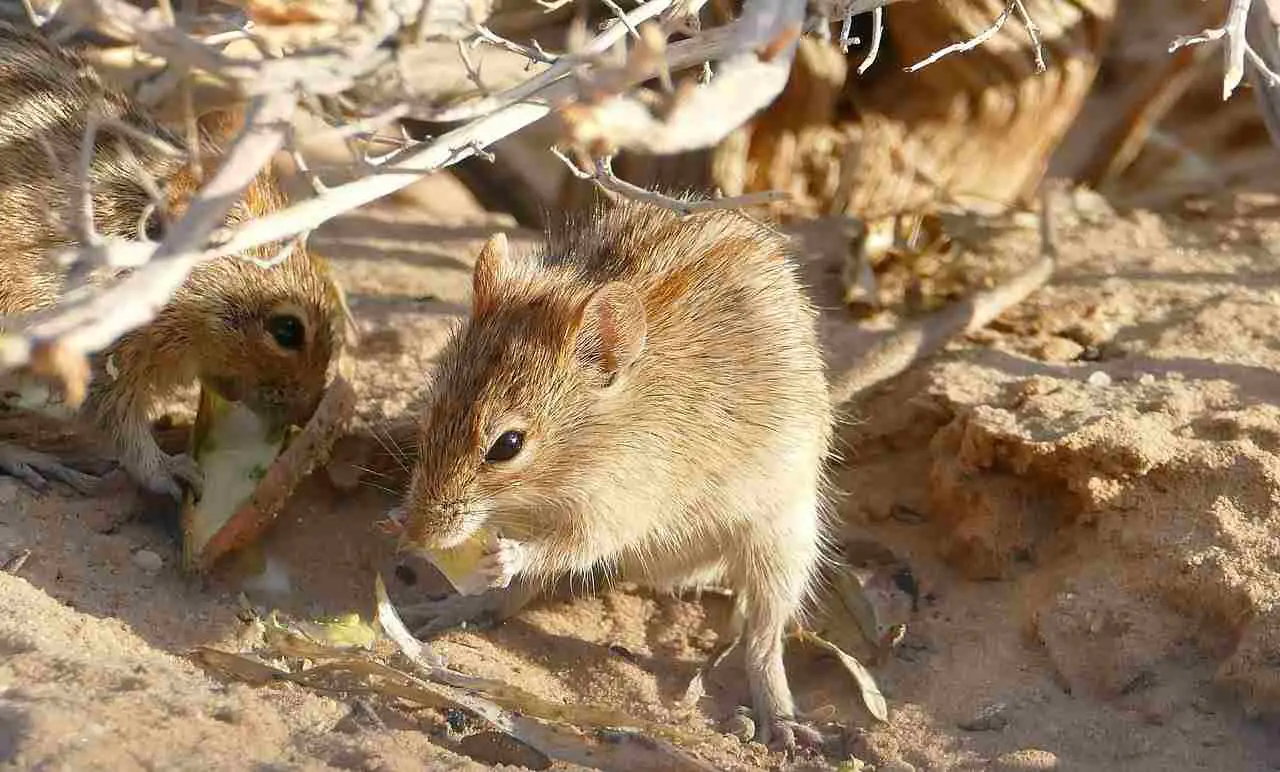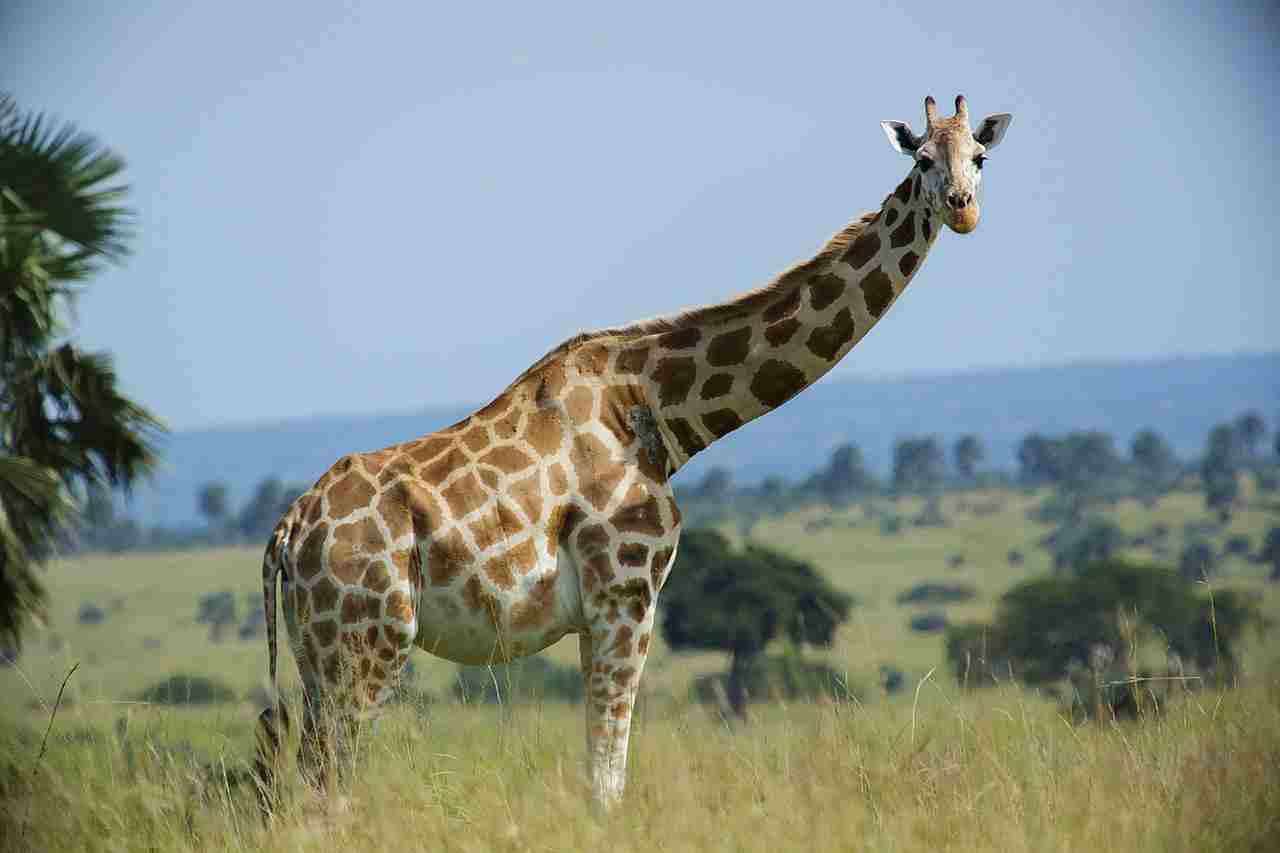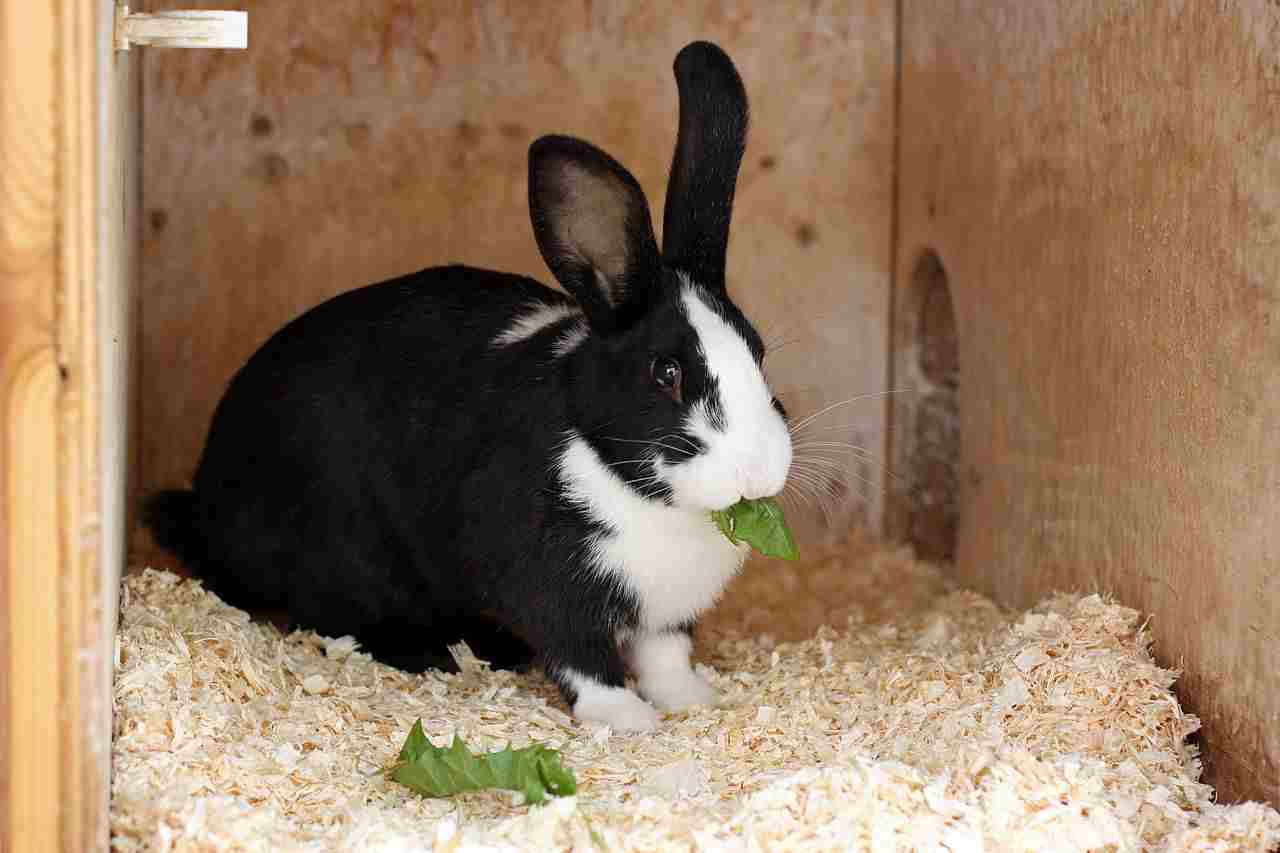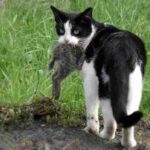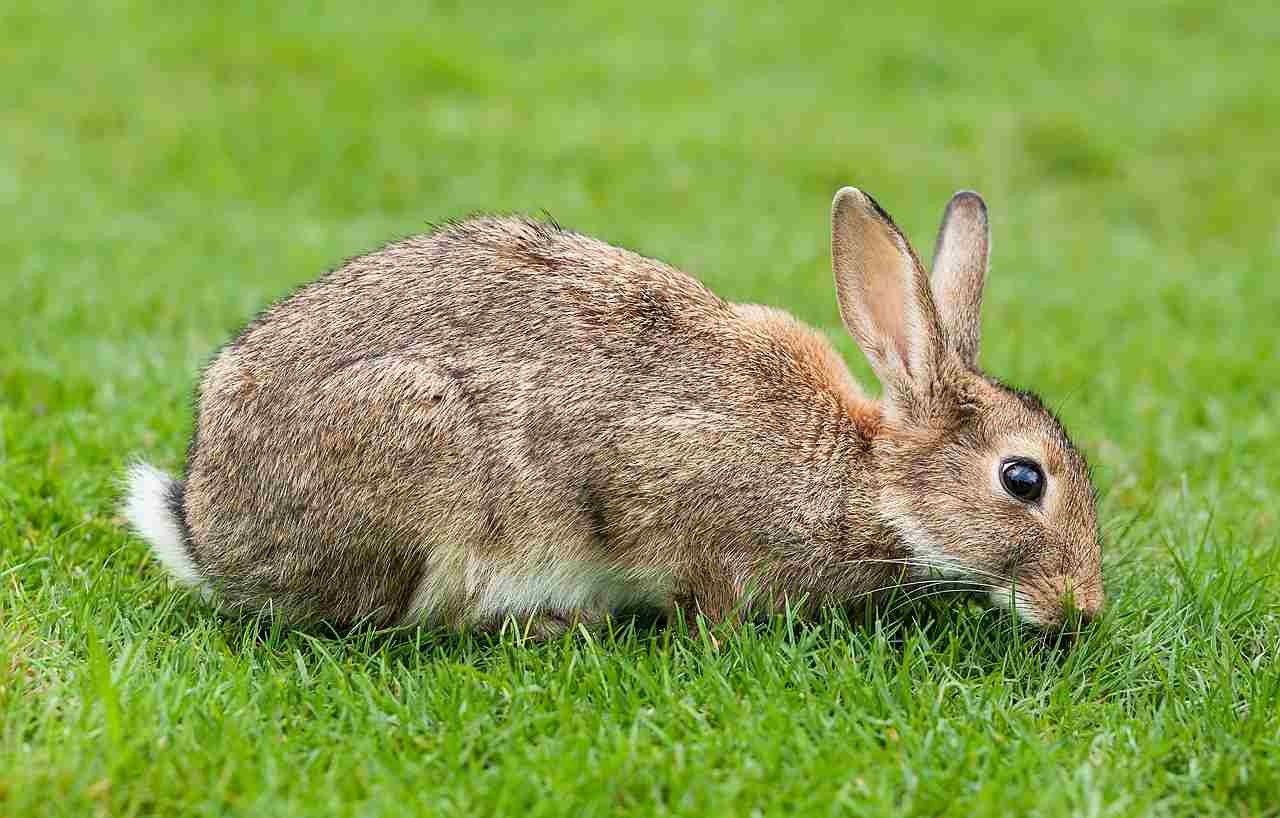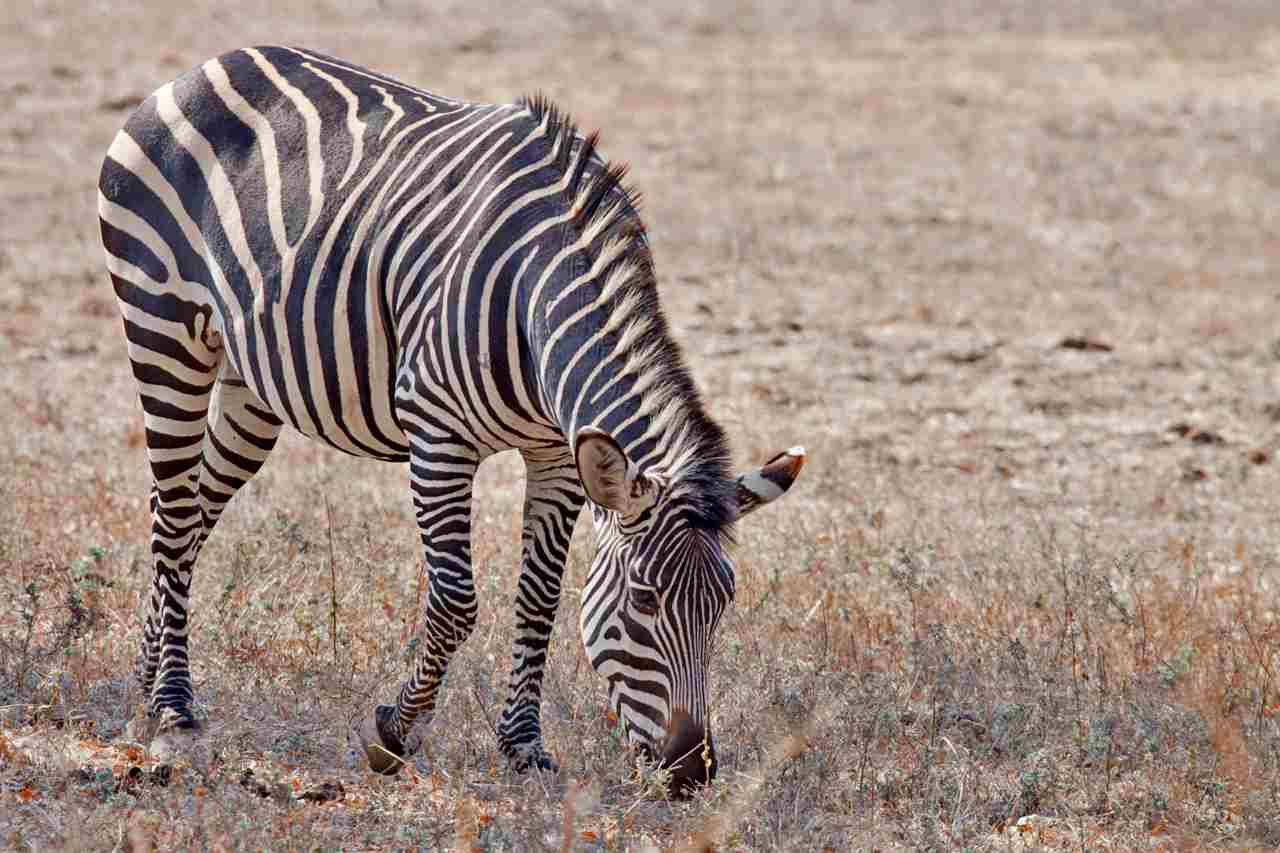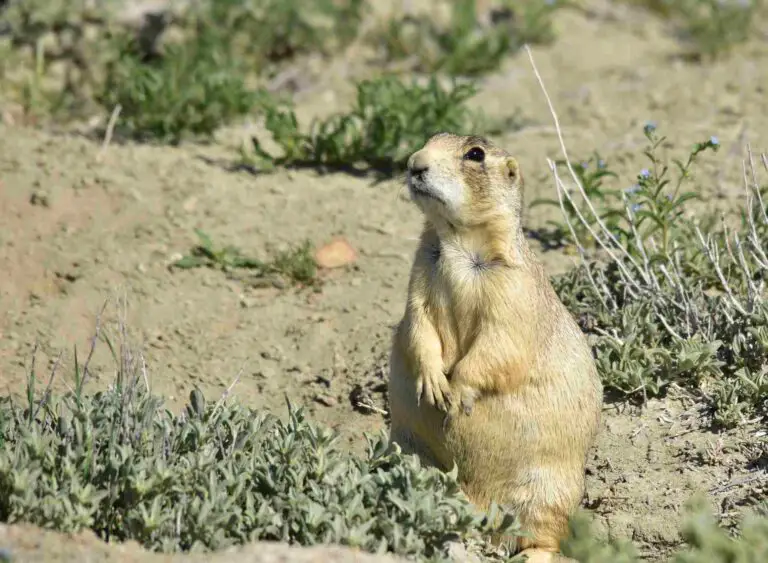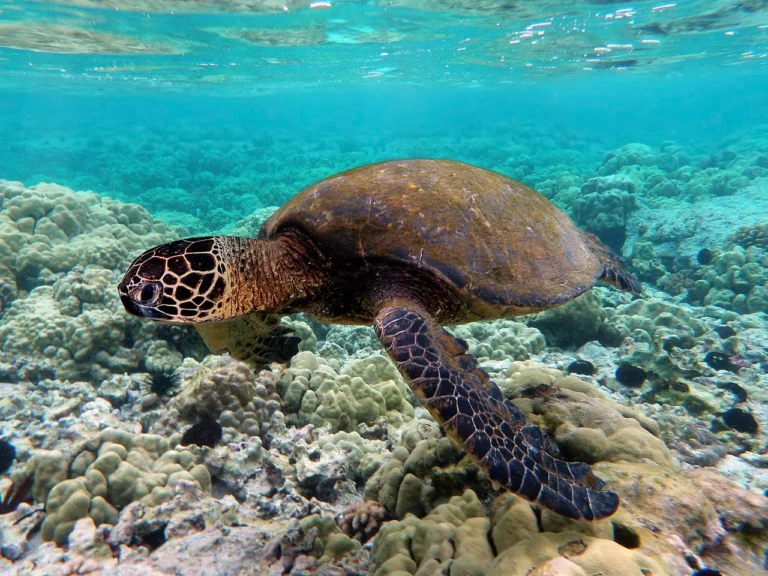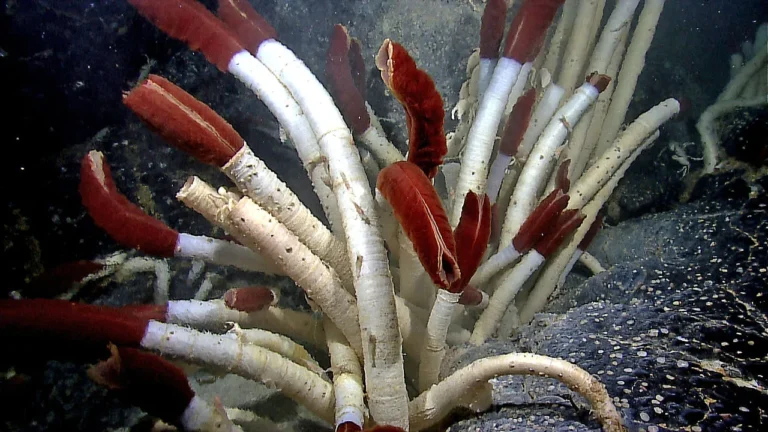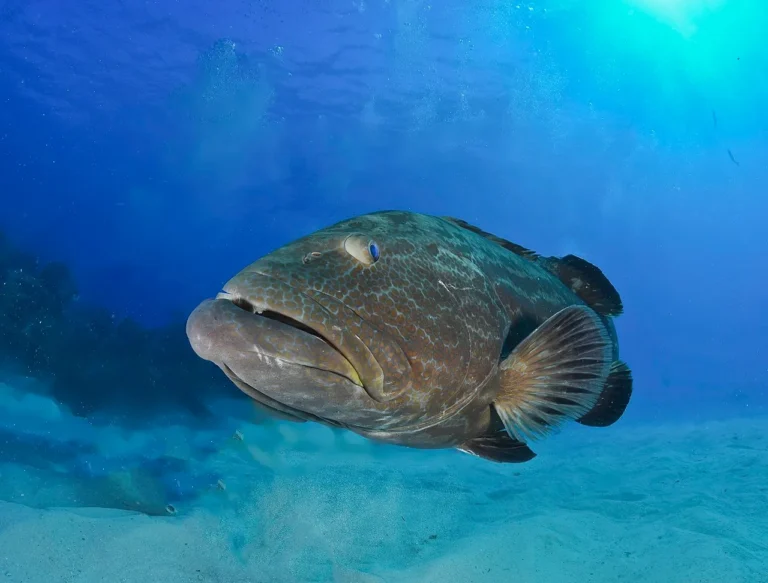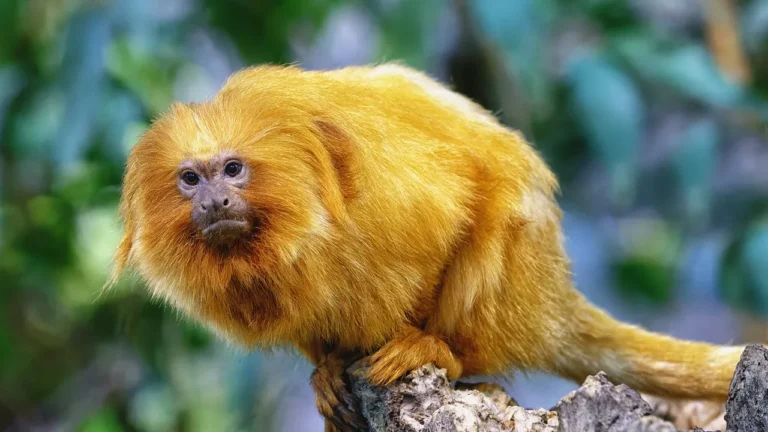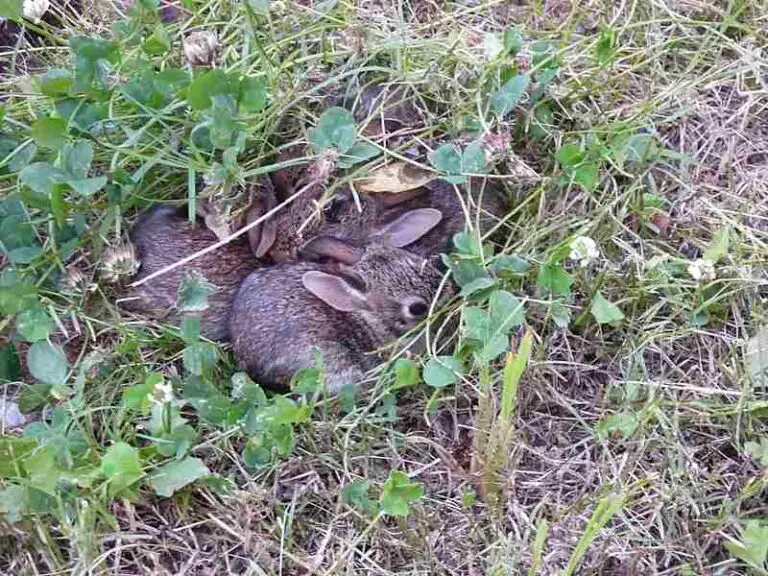Is a Mouse a Herbivore? Feeding Habits of Mice Discussed
A mouse is not a herbivore, but rather an omnivore, whose diet usually includes significant amount of plant matter in the form of seeds, nuts, roots, grains. foliage, and processed foods; along with animal-derived materials.
Reasons Why a Mouse is Not Classified as a Herbivore
1. Non-Exclusive Plant Diet
While mice do consume plant materials, they are not classified as obligate herbivores like rabbits, giraffes, and zebras. This is due to several reasons that distinguish their feeding habits from those of true herbivores.
One reason why mice are not classified as herbivores is their non-exclusive plant diet. While they do consume plant materials, they also have the ability to consume other food sources such as insects, seeds, and even small vertebrates. This flexibility in their diet sets them apart from animals that rely solely on plant materials for sustenance.
Another reason is that plant materials alone are insufficient to meet the nutritional requirements of most mice species. While plants provide essential nutrients like carbohydrates and fiber, mice also require proteins and fats for optimal health. These additional nutrients are typically obtained from animal-based food sources, further highlighting their omnivorous nature.
Mice are highly opportunistic consumers, which is another factor that distinguishes them from herbivores. They have the ability to adapt their feeding habits based on the availability of food sources in their environment. This means that if plant-based food sources are scarce, mice can easily switch to consuming other food options to meet their nutritional needs.
Furthermore, plant-based food sources are not always available to mice. In certain seasons or habitats, plants may be scarce or inaccessible, forcing mice to seek alternative food sources. This adaptability and willingness to consume a variety of foods contribute to their classification as omnivores rather than herbivores.
2. Plant Materials are Insufficient to Meet the Nutritional Requirements of Most Mice Species
Plant materials alone are insufficient to meet the nutritional requirements of most mice species. While plants provide essential nutrients like carbohydrates and fiber, mice also require proteins and fats for optimal health. This is one of the reasons why mice are not classified as herbivores.
Proteins are crucial for the growth and repair of tissues, as well as for the production of enzymes and hormones. Fats, on the other hand, are a concentrated source of energy and play a vital role in insulation and protection of organs. These nutrients are essential for mice to thrive and maintain their overall well-being.
While plant materials do contain some proteins and fats, they are generally not present in sufficient quantities to meet the dietary needs of mice. Plant proteins are often incomplete, lacking certain essential amino acids that mice require for proper growth and development. Additionally, the fat content in plant materials is typically low, making it challenging for mice to obtain an adequate amount of this essential nutrient solely from plants.
To compensate for these nutritional deficiencies, mice have evolved to include animal-based food sources in their diet. These sources, such as insects, small vertebrates, and even carrion, provide the necessary proteins and fats that are lacking in plant materials. By incorporating these animal-based foods into their diet, mice can ensure that they receive a well-rounded and balanced nutritional intake.
It is important to note that while mice do consume plant materials, their reliance on these sources is not sufficient to sustain their nutritional needs. They require a combination of plant and animal-based foods to meet their dietary requirements and maintain optimal health. This is why mice are classified as omnivores rather than herbivores.
3. Mice are Highly Opportunistic Consumers
One of the reasons why mice are not classified as herbivores is because they are highly opportunistic consumers. This means that they have the ability to adapt their diet based on the food sources available to them.
Mice are known for their resourcefulness when it comes to finding food. They have a keen sense of smell and can detect even the smallest traces of food. This allows them to locate and consume a wide variety of food items, including both plant and animal-based sources.
In their natural habitats, mice have access to a diverse range of food options. They can feed on seeds, grains, fruits, and vegetables, which are all plant-based food sources. However, they are not limited to these options alone. Mice are also known to consume insects, small vertebrates, and even carrion when the opportunity arises.
Their opportunistic feeding habits enable mice to survive and thrive in various environments. For example, in agricultural areas, mice may feed on crops such as corn or wheat. In urban settings, they may scavenge for food in garbage bins or feed on leftover human food. This adaptability allows mice to take advantage of different food sources, ensuring their survival even in challenging conditions.
Mice are also known to be prolific breeders, with short gestation periods and large litters. This means that their population can quickly increase in response to an abundance of food resources. However, when food becomes scarce, mice are capable of reducing their reproductive rates to conserve energy and resources. This further demonstrates their ability to adapt their behavior based on the availability of food.
Generally, mice are highly opportunistic consumers, which is one of the reasons why they are not classified as herbivores. Their ability to adapt their diet based on the food sources available to them allows them to thrive in various environments. By incorporating both plant and animal-based food sources into their diet, mice can ensure that they meet their nutritional requirements and maintain optimal health.
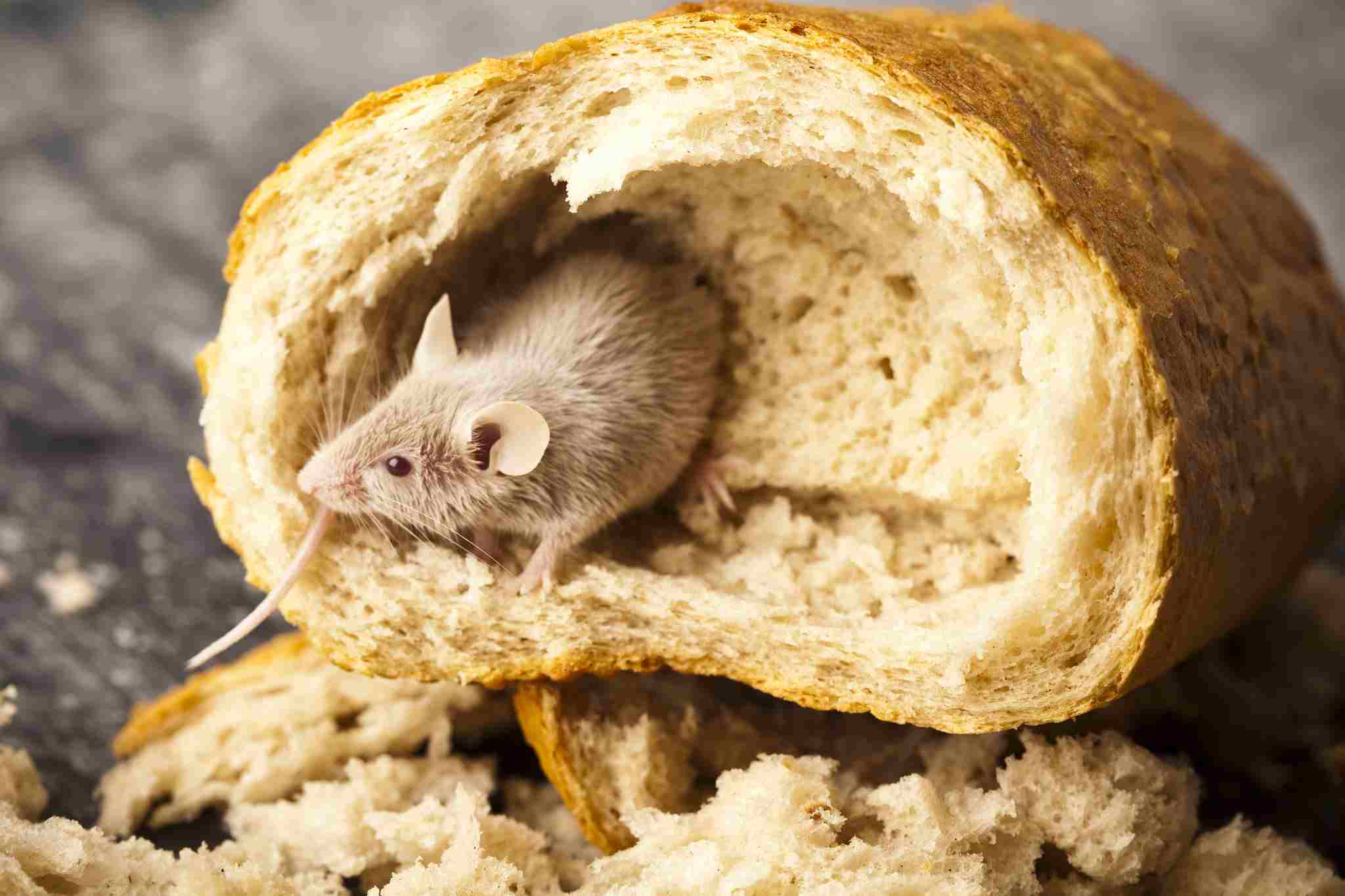
4. Plant-based Food Sources are Not Always Available
One of the reasons why mice are not classified as herbivores is because plant-based food sources are not always available to them. This is particularly true for mice that live in prairies and other ecosystems prone to seasonal drought or where plant growth declines.
In these environments, the availability of plant-based food sources can be limited. During periods of drought or when plant growth declines, mice may struggle to find enough plant material to meet their nutritional requirements. This scarcity of plant-based food sources forces mice to seek alternative food options to survive.
Mice, being highly opportunistic consumers, are able to adapt their diet to the circumstances. When plant-based food sources are scarce, they may turn to other food sources to fulfill their nutritional needs. This includes consuming invertebrates like insects, worms, and arachnids, which provide a source of protein and other essential nutrients.
In addition to invertebrates, mice may also scavenge on carrion. This means that they will feed on the remains of dead animals, which can provide them with a source of meat and additional nutrients. By incorporating these animal-based food sources into their diet, mice are able to compensate for the lack of plant-based options.
It is important to note that while mice may consume animal-based food sources when necessary, they are not exclusive meat eaters or predators. Mice primarily fall into the category of primary consumers, meaning they feed on plants and other organic matter. They are not secondary or tertiary consumers that solely rely on meat for their survival.
Despite their ability to consume animal-based food sources, mice are still vulnerable to predation by carnivorous animals. They can fall prey to predators such as snakes, hawks, owls, and eagles, which are higher up in the food chain. This further emphasizes that mice are not classified as carnivores but rather as omnivores due to their opportunistic feeding habits.
Are Mice Carnivores?
While mice may exhibit carnivorous and predatory tendencies, they are not classified as carnivores. Mice are opportunistic consumers, meaning they have the ability to consume a diverse range of food sources within their reach. This includes invertebrates such as insects, worms, and arachnids. However, it is important to note that mice are not exclusive meat eaters or predators.
In addition to consuming invertebrates, mice may also scavenge on carrion. This means that they will feed on the remains of dead animals, which can provide them with a source of meat and additional nutrients. However, this opportunistic behavior does not make them carnivores. Mice primarily fall into the category of primary consumers, meaning they feed on plants and other organic matter.
Unlike secondary or tertiary consumers that solely rely on meat for their survival, mice have a more varied diet. They consume plant-based food sources as their primary source of nutrition. This includes seeds, fruits, grains, and other plant materials. These plant-based food sources are essential for meeting the nutritional requirements of most mice species.
Despite their ability to consume animal-based food sources, mice are still vulnerable to predation by carnivorous animals. They can fall prey to predators such as snakes, hawks, owls, and eagles, which are higher up in the food chain. This further emphasizes that mice are not classified as carnivores but rather as omnivores due to their opportunistic feeding habits.
Is a Mouse an Omnivore?
Yes, a mouse is classified as an omnivore because of its opportunistic feeding habits and ability to consume a diverse range of food sources within its reach. While mice primarily feed on plant-based food sources, they also have the capability to consume animal-based food sources when available.
Mice have a varied diet that includes seeds, fruits, grains, and other plant materials. These plant-based food sources are essential for meeting the nutritional requirements of most mice species. However, mice are not exclusive herbivores. They have the flexibility to adapt their diet based on the availability of food sources in their environment.
In addition to plant-based food sources, mice may also consume invertebrates such as insects, worms, and arachnids. This opportunistic behavior allows them to supplement their diet with animal-based protein and nutrients. While mice are not classified as carnivores, their ability to consume animal-based food sources makes them omnivores.
Mice are highly adaptable creatures with an opportunistic feeding habit. They have the ability to exploit various food sources depending on what is available to them. This adaptability is crucial for their survival, especially in environments where plant-based food sources may be scarce or seasonal.
The digestive system of mice is also well-suited for an omnivorous diet. They have a relatively short digestive tract, which allows for efficient digestion of both plant and animal matter. This adaptability in their digestive system enables them to extract the necessary nutrients from a wide range of food sources.
Furthermore, mice play a dual role in the ecosystem as both predators and prey. While they consume plant-based food sources, they are also vulnerable to predation by carnivorous animals higher up in the food chain. This dual role further supports their classification as omnivores.
Drawing from the above discussion, a mouse is classified as an omnivore due to its opportunistic feeding habits and ability to consume both plant and animal-based food sources. While mice primarily rely on plant materials to meet their nutritional requirements, they have the flexibility to adapt their diet based on the availability of food sources in their environment. This adaptability and versatility make mice an important component of the ecosystem as both predators and prey.
Why a Mouse is Classified as an Omnivore
1. Opportunistic Feeding Habit
One of the main reasons why mice are classified as omnivores is their opportunistic feeding habit. Mice have the ability to adapt their diet based on the availability of food sources in their environment. This means that they can consume both plant-based and animal-based foods, depending on what is accessible to them.
In the wild, mice are known to scavenge for food and take advantage of any opportunity that presents itself. They are not picky eaters and will consume whatever is within their reach. This includes seeds, nuts, fruits, vegetables, insects, small invertebrates, and even the occasional carrion. Their opportunistic nature allows them to survive in various habitats and adapt to changing conditions.
Mice have a keen sense of smell, which helps them locate potential food sources. They are able to detect the scent of both plant-based and animal-based foods, enabling them to find nourishment in a wide range of environments. This flexibility in their feeding habits is a key characteristic of omnivores.
Their small size and agile nature also contribute to their opportunistic feeding habit. Mice are able to squeeze into tight spaces and explore different areas in search of food. They can climb trees, burrow underground, and navigate through various terrains to find sustenance. This adaptability allows them to exploit different food sources, whether they are located above ground or below.
In addition to their opportunistic feeding habit, mice have a high metabolic rate, which requires them to consume a significant amount of food to meet their energy needs. This means that they need a diverse diet that provides them with the necessary nutrients to support their growth, reproduction, and overall health. By consuming both plant-based and animal-based foods, mice are able to obtain a wide range of essential nutrients, including carbohydrates, proteins, fats, vitamins, and minerals.
2. Adaptable Digestive System
Another reason why mice are classified as omnivores is their adaptable digestive system. Mice have evolved to efficiently process and extract nutrients from both plant-based and animal-based foods.
Their digestive system is equipped with specialized enzymes that can break down a wide range of food components. This allows mice to digest and absorb carbohydrates from plant materials, as well as proteins and fats from animal sources.
The length of their digestive tract is also optimized for their omnivorous diet. It is neither too long nor too short, which enables mice to effectively extract nutrients from various types of food.
Furthermore, mice have a unique ability to ferment cellulose, a complex carbohydrate found in plant cell walls. This fermentation process occurs in their cecum, a specialized pouch in their digestive system. By fermenting cellulose, mice can access additional energy and nutrients from plant materials that would otherwise be indigestible.
The adaptability of their digestive system allows mice to thrive in different environments and consume a diverse range of foods. Whether it’s breaking down plant fibers or digesting animal proteins, mice can efficiently extract the nutrients they need to survive and thrive.
3. Dual Predator-Prey Role in the Ecosystem
Mice play a dual role in the ecosystem as both predators and prey. While they can feed on small invertebrates like insects, they are also consumed by typical predators and carnivores. This dual role suggests that mice are not major predators or carnivores themselves. However, their ability to be predatory indicates that they are likely omnivorous, consuming both plant-based and animal-based foods.
In their role as predators, mice actively hunt and feed on small invertebrates such as insects. This behavior is an important part of their diet and contributes to the balance of the ecosystem. By preying on insects, mice help control their populations, preventing them from becoming too abundant and potentially causing damage to crops or other plant life.
On the other hand, mice also serve as prey for larger predators and carnivores. They are a valuable food source for animals such as snakes, birds of prey, and other mammals including weasels. This predation on mice further emphasizes their position as prey animals rather than top-level predators or carnivores.
The fact that mice occupy both predator and prey roles in the ecosystem is a reason why they are considered omnivores, as it portrays the versatile ecological role or these opportunistic feeders. While they primarily feed on plant materials and small invertebrates, their opportunistic nature allows them to adapt their diet based on availability. This adaptability is a key characteristic of omnivores, as they can consume a wide range of food sources to meet their nutritional needs.
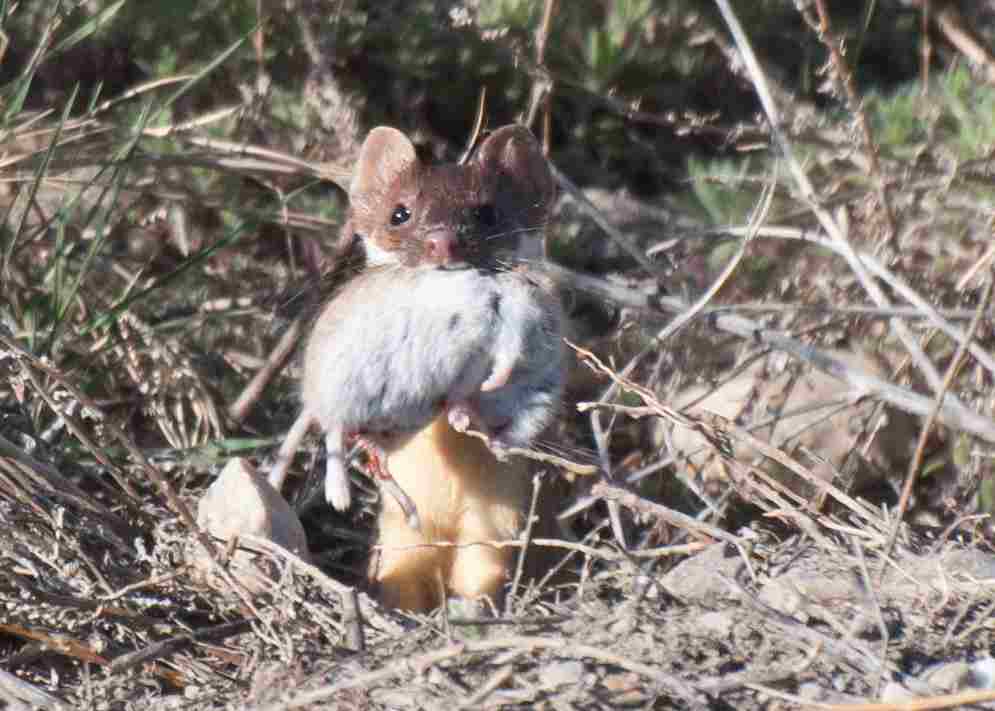
Is a Mouse a Herbivore, Carnivore, or Omnivore?
Mice are classified as omnivores due to their opportunistic feeding habits and adaptable digestive system. While they do consume a significant amount of plant-based food, they are not exclusively herbivores. Mice are not considered carnivores either, as they are not typical meat eaters or predators. However, their opportunistic and adaptive nature allows them to consume a wide range of food sources, making them omnivores.
Mice have a diverse diet that includes both plant materials and small invertebrates. They primarily feed on seeds, grains, fruits, and vegetables, which are rich in carbohydrates and provide them with energy. These plant-based foods are an important part of their diet, but they are not sufficient to meet all of their nutritional requirements. Mice also need to consume animal-based foods to obtain essential nutrients such as proteins and fats.
While mice are not considered top-level predators or carnivores, they do play a dual role in the ecosystem as both predators and prey. As predators, they actively hunt and feed on small invertebrates like insects. This behavior helps control the population of these insects and contributes to the balance of the ecosystem. However, mice themselves are also prey for larger predators and carnivores such as snakes, birds of prey, and other mammals.
The fact that mice occupy both predator and prey roles in the ecosystem is a key reason why they are classified as omnivores. Their ability to adapt their diet based on availability and their opportunistic feeding habits make them versatile feeders. Mice can adjust their food choices depending on what is accessible to them, whether it be plant-based or animal-based food sources.
FAQs
1. Is a Mouse a Heterotroph?
Yes, a mouse is a heterotroph. As a heterotroph, a mouse cannot manufacture its own food and must rely on other organisms for sustenance. Unlike autotrophs, which can produce their own food through photosynthesis or chemosynthesis, mice are unable to synthesize nutrients from inorganic sources. Instead, they must feed on other organisms to obtain the energy and nutrients they need to survive.
It is important to note that a mouse is not a saprophyte either. Saprophytes are organisms that directly facilitate the biodegradation process by feeding on dead organic matter. While mice may consume dead plant or animal material, they do not play a direct role in the decomposition process like saprophytes do.
2. Is a Mouse a Top Carnivore?
No, a mouse is neither a top consumer nor a carnivore. Instead, it is an omnivorous primary consumer.
As an omnivore, a mouse has a diverse diet that includes both plant and animal matter. While it does consume some meat, it also feeds on a variety of plant materials such as seeds, fruits, and vegetation. This flexibility in diet allows mice to adapt to different environments and food availability.
Mice play an important role in the ecosystem as primary consumers. They are part of the food chain, serving as prey for larger predators such as snakes, birds of prey, and carnivorous mammals. At the same time, they also act as predators themselves, feeding on insects, small invertebrates, and occasionally small vertebrates like other mice or baby birds.
Being a primary consumer means that mice occupy a crucial position in the food web. They help regulate populations of their prey, preventing overpopulation and maintaining a balance in the ecosystem. Their feeding habits contribute to the overall health and stability of the environment they inhabit.
3. Is a Mouse a Herbivore, Yes or No?
No. The feeding habits of mice are not exclusive to plants. Instead, mice are classified as omnivores, meaning they consume both plant and animal matter. This classification is based on their diverse diet, which includes a variety of food sources.
Mice do not feed exclusively on plants. While they do consume plant materials such as seeds, fruits, and vegetation, they also have a preference for animal matter. This includes insects, small invertebrates, and occasionally even small vertebrates like other mice or baby birds.
Their omnivorous nature allows mice to adapt to different environments and food availability. They have the flexibility to consume a wide range of food sources, which contributes to their survival and ability to thrive in various habitats.
In terms of their role in the ecosystem, mice play a dual predator-prey role. They serve as prey for larger predators like snakes, birds of prey, and carnivorous mammals. At the same time, they act as predators themselves, feeding on insects and small vertebrates. This dual role highlights their importance in maintaining a balance in the food chain and regulating populations of their prey.
4. Is a Mouse a Herbivore or Omnivore?
The classification of a mouse as an herbivore or omnivore is an important aspect of understanding its feeding habits. Based on its diverse diet, a mouse is classified as an omnivore because it consumes both plant and animal matter. This classification is supported by its ability to adapt to different environments and food availability.
Mice do not solely rely on plants for their nutrition. While they do consume plant materials such as seeds, fruits, and vegetation, they also have a preference for animal matter. This includes insects, small invertebrates, and occasionally even small vertebrates like other mice or baby birds.
The omnivorous nature of mice allows them to thrive in various habitats. They have the flexibility to consume a wide range of food sources, which contributes to their survival. This adaptability is crucial for their ability to find food and maintain their energy levels.
In the ecosystem, mice play a dual role as both predator and prey. They serve as prey for larger predators like snakes, birds of prey, and carnivorous mammals. At the same time, they act as predators themselves, feeding on insects and small vertebrates. This dual role highlights their importance in maintaining a balance in the food chain and regulating populations of their prey.
5. What Do Mice Eat?
Mice have a diverse diet, consuming a variety of food sources to meet their nutritional needs. Their diet includes nuts, seeds, foliage, roots, fruit, grains, insects, annelids, and even processed foods.
In the wild, mice primarily feed on plant materials such as nuts, seeds, and foliage. They have a particular fondness for grains, which they often find in fields or storage areas. Mice are known to be excellent climbers, allowing them to access food sources like fruits and berries on trees or shrubs.
In addition to plant-based foods, mice also have a taste for animal matter. They are opportunistic feeders and will consume insects and annelids when available. This includes small insects like beetles, caterpillars, and spiders. Mice are also known to scavenge for protein-rich food sources, such as small invertebrates and occasionally even small vertebrates like other mice or baby birds.
Mice are highly adaptable creatures, and their diet can vary depending on their environment and food availability. In urban areas, they may rely more on processed foods found in human settlements, such as grains, cereals, and even garbage. This adaptability allows them to survive and thrive in a wide range of habitats, from fields and forests to homes and buildings.
6. Are Mice Carnivores or Omnivores?
Mice are omnivores, meaning they have a varied diet that includes both plant and animal matter. While they are not classified as carnivores, mice do consume animal biomass as part of their overall diet.
Mice primarily feed on plant materials such as nuts, seeds, foliage, and fruits. They have a particular fondness for grains, which they often find in fields or storage areas. Mice are excellent climbers, allowing them to access food sources like fruits and berries on trees or shrubs. Plant-based foods provide mice with essential nutrients and energy.
In addition to plant-based foods, mice also have a taste for animal matter. They are opportunistic feeders and will consume insects and annelids when available. This includes small insects like beetles, caterpillars, and spiders. While mice do consume animal biomass, it is not their main source of nutrition.
Mice have a flexible diet that allows them to adapt to different environments and food availability. In urban areas, they may rely more on processed foods found in human settlements, such as grains, cereals, and even garbage. This adaptability enables mice to survive and thrive in a wide range of habitats.
7. Does a Mouse Eat Meat?
No. While mice are primarily omnivores, their natural diet does not typically include meat. However, there are instances where mice may consume meat if it is processed or if it is the only available food source.
In their natural habitat, mice primarily feed on plant materials such as nuts, seeds, foliage, and fruits. These plant-based foods provide them with the essential nutrients and energy they need to survive. However, in certain situations where plant-based food sources are scarce or unavailable, mice may resort to eating meat as a means of survival.
For example, in urban areas where mice have adapted to human settlements, they may rely more on processed foods found in garbage or human food storage areas. This can include meat products that have been discarded. Additionally, if a mouse is trapped in an enclosed space with no access to its usual plant-based food sources, it may resort to consuming any available meat as a last resort.
8. Are Rats Carnivorous?
Contrary to popular belief, rats are not strictly carnivorous. While they do consume meat as part of their diet, they are actually omnivores, meaning they have a varied diet that includes both plant and animal matter.
Rats have a highly adaptable digestive system that allows them to consume a wide range of foods. In the wild, their diet consists of grains, seeds, fruits, and vegetables, which provide them with essential nutrients and energy. However, they are also known to scavenge for meat, such as insects, small vertebrates, and even carrion.
In urban environments, rats have adapted to human settlements and may rely more on human food sources. This can include processed foods, leftovers, and discarded meat products. However, their preference for plant-based foods remains strong, and they will consume meat only when it is readily available or as a means of survival in times of scarcity.
It is important to note that while rats are opportunistic feeders and can consume meat, they are not exclusively carnivorous. Their ability to adapt their diet to different environments and food sources is one of the reasons why they have been successful in colonizing various habitats around the world.
9. Do Mice Cannibalize Each Other?
Yes, mice do cannibalize each other.
Mice cannibalizing each other is not a common behavior, but it can occur under certain circumstances. This behavior may be a result of food scarcity, territorial behavior, or other abnormal stressors. Typically, it is the young mice that are preyed upon, but there are instances where vulnerable adults and carcasses may also be involved.
The cannibalistic behavior of mice is not a regular part of their diet or natural behavior. It is more likely to happen when resources are limited, and mice are faced with extreme conditions. In these situations, mice may resort to cannibalism as a means of survival.
It is important to note that cannibalism among mice is not a typical behavior and should not be generalized to all mice species. Each species may have different behaviors and responses to various environmental factors. Cannibalism is more likely to occur in situations where there is a lack of food or overcrowding, which can lead to increased competition and aggression among mice.
Conclusion
* In this article, we have explored the feeding habits of mice and discussed whether they are herbivores, carnivores, or omnivores. We have examined the reasons why mice are not classified as herbivores, including their non-exclusive plant diet, the insufficiency of plant materials to meet their nutritional requirements, and their highly opportunistic feeding behavior. We have also addressed the question of whether mice are carnivores and explored the characteristics that classify them as omnivores.
* Mice are not classified as herbivores because their diet is not exclusively plant-based. While they do consume plant materials, such as seeds, fruits, and grains, they also incorporate other food sources into their diet. This includes insects, small invertebrates, and even small vertebrates. Their diet is diverse and adaptable, allowing them to survive in various environments.
* The nutritional requirements of most mice species cannot be met solely by plant materials. Mice require a balanced diet that includes proteins, fats, carbohydrates, vitamins, and minerals. While plant materials can provide some of these nutrients, they are often insufficient in meeting the dietary needs of mice. This is why mice are considered opportunistic consumers, as they will seek out alternative food sources to supplement their diet.
* Mice are highly opportunistic when it comes to their feeding habits. They are known to scavenge for food and take advantage of any available resources. This includes raiding human food stores, scavenging for scraps, and even consuming the remains of other animals. Their ability to adapt their diet to the available food sources contributes to their classification as omnivores.
* Plant-based food sources are not always available to mice. In certain environments or seasons, plant materials may be scarce or inaccessible. During these times, mice will rely on other food sources to survive. This flexibility in their diet allows them to thrive in a variety of habitats, from forests to urban areas.
* Therefore, mice are classified as omnivores due to their opportunistic feeding habits and adaptable digestive system. While they do consume plant materials, their diet is not exclusive to plants. They incorporate a variety of food sources into their diet, including insects, small invertebrates, and even small vertebrates. This flexibility in their feeding habits allows them to survive in different environments and contributes to their role as both predators and prey in the ecosystem.
* Understanding the feeding habits of mice is important for various reasons. It helps us comprehend their ecological role, their impact on the environment, and their interactions with other species. Additionally, it provides insights into their behavior and survival strategies. By studying their feeding habits, we can gain a deeper understanding of these small but fascinating creatures.
* Generally, mice are not classified as herbivores, but rather as omnivores. Their diet is diverse and adaptable, allowing them to consume a wide range of food sources. While they do consume plant materials, their diet also includes insects, small invertebrates, and even small vertebrates. This flexibility in their feeding habits contributes to their success as a species and their ability to thrive in various environments.
